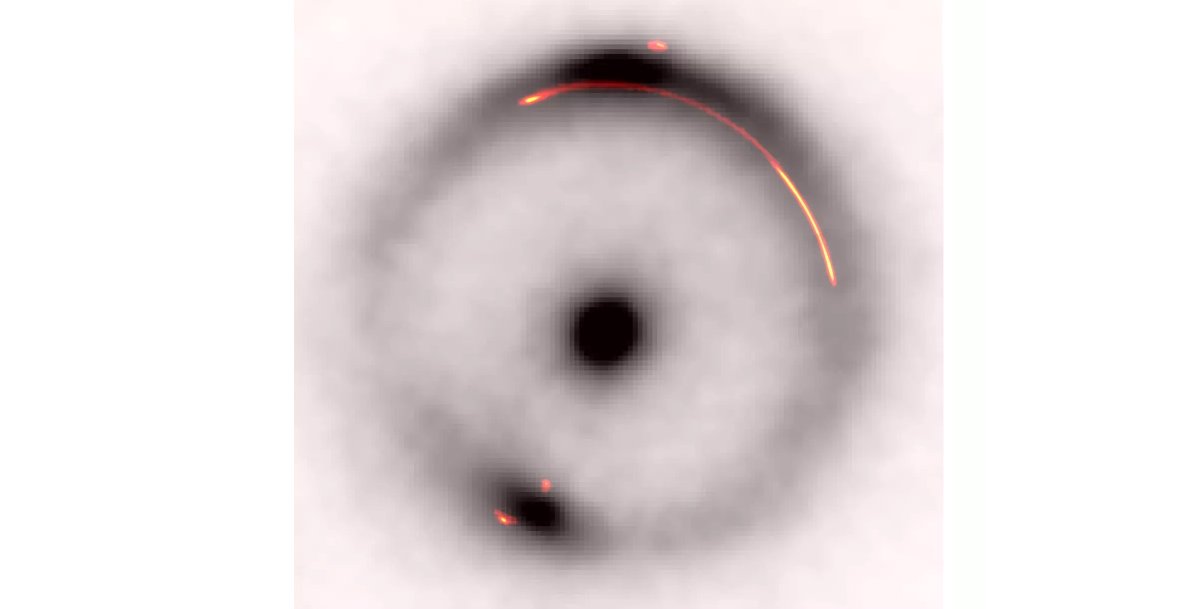
"Dark matter is believed to make up more than 80 percent of all matter in the universe, but what it actually is remains a mystery. Now, astronomers have found something that gives us a major clue. In a pair of new studies published in Nature Astronomy and Monthly Notices of the Royal Astronomical Society, the astronomers report that they've found a low mass object in the ancient outskirts of the cosmos by examining the gravitational distortions in the light of a much larger galaxy."
"To uncover the object, the researchers combined the observations of radio telescopes around the globe, including the Very Long Baseline Array (VLBA) in Hawai'i, and the European Very Long Baseline Interferometric Network (EVN) in Europe, to create an "Earth-sized super-telescope," as the researchers described it. Then, they had to develop purpose-built algorithms to reveal the object in the mountains of data that yielded. Since dark matter is invisible, we can't observe it directly. But we can observe the pull of its gravity on other objects."
Dark matter makes up more than 80 percent of all matter in the universe, yet its nature remains unknown. A low-mass object was detected in the distant cosmos by analyzing gravitational distortions in the light of a larger galaxy. The object has a mass exceeding one million solar masses and lies about 10 billion light years away, observed when the universe was roughly 6.5 billion years old. The detection is the lowest-mass object found by gravitational lensing by roughly a factor of 100. Observations combined global radio telescopes into an "Earth-sized" interferometer and employed custom algorithms to extract the signal. The detection illustrates how gravitational effects reveal otherwise invisible dark matter structure.
Read at Futurism
Unable to calculate read time
Collection
[
|
...
]